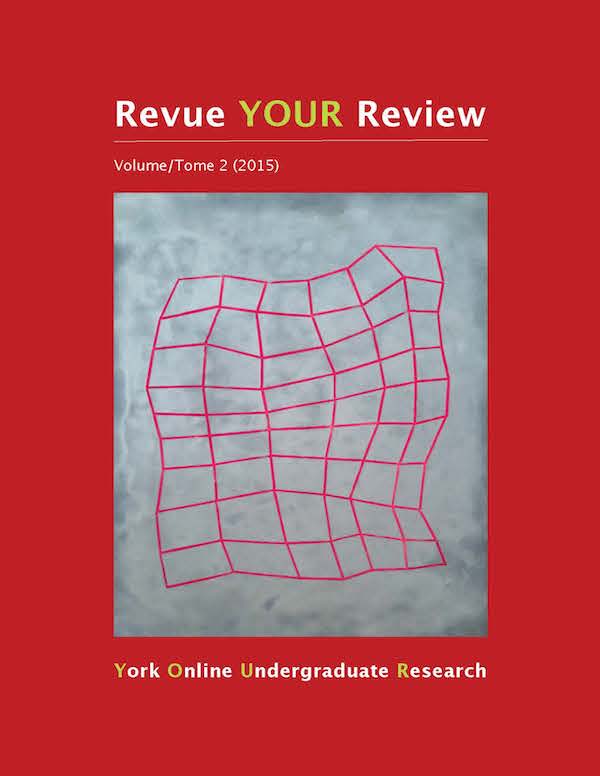Effects of an Intervention on Maximal Aerobic Power
Résumé
Objective: to examine the efficacy of a self-paced guided active play (GAP) program in eliciting changes in aerobic power for children and adolescents (8-12 yrs). Methods: girls and boys (n=33) registered in summer camp where recruited to participate in a guided active play program (8 weeks) focused on active playing of self-paced cooperative games (1h/d; 5d/wk). Physical activity participation was assessed daily by attendance and accelerometry (ActiGraph GT3X+; 10s epoch) by vector magnitude (vm counts/min) for children/adolescents. Anthropometric (stature, weight, leg length, and maximal aerobic power [20m MSSR]) were collected prior to and following the program. Maturity status (MS) was estimated from anthropometric variables and used with multiple linear regression equations to predict days from age at peak height velocity (APHV). ANOVA (main effects) and tukey post-hoc test (individual group differences) were performed (p=0.05). Results: prior to the program, children (age: 9.8±1.3yrs; BMI: 20.7±2,6kg/m2; maturity offset: -4.2±1.0yrs) had an estimated aerobic power of 44.1±0.9 mlO2/kg/min; with boys (45.4±1.0 mlO2/kg/min) higher than girls (42.5±0.7 mlO2/kg/min) (p<0.05). In response to the GAP program, aerobic power improved by 4.3±3.8% (p<0.05) for all children, with girls > boys (p>0.05). Maturity status (MS) ranged from -2.4 to -7.0yrs; with the girls averaging (-3.7±1.0yrs) and boys (-4.4±1.2yrs). In general, the relationship between MS and improvement in aerobic performance was moderate (r=0.46), except for the girls that showed a good-very good relationship (r=0.76) (p<0.05). Conclusion: active playing of children’s games is associated with improvements in aerobic power and increases in AP are related to maturity status.
Téléchargements
Comment citer
Numéro
Rubrique
Licence
Les auteurs qui contribuent à la Revue YOUR Review acceptent de publier leurs articles selon une des trois catégories de la licence 4.0 : Creative Commons Attribution 4.0 International; Creative Commons Attribution-Pas d'Utilisation Commerciale 4.0 International; ou Creative Commons Attribution-Pas de Modification 4.0 International. Tout contenu éditorial de ce site ainsi que les affiches et les résumés sont sous la licence Creative Commons Attribution-Pas de Modification 4.0 International. Pour plus d’informations, veuillez voir :
https://creativecommons.org/licenses/
Dans tous les cas, les auteurs conservent leurs droits d’auteurs et concèdent à la Revue YOUR Review le droit de première publication. Les auteurs peuvent, par la suite, conclure d’autres accords de distribution non exclusifs de la version publiée dans ce périodique (par exemple, l’afficher à un dépôt institutionnel ou le publier dans un livre ou dans un autre périodique) à condition que la reconnaissance fasse mention de la publication originale dans la Revue YOUR Review.


